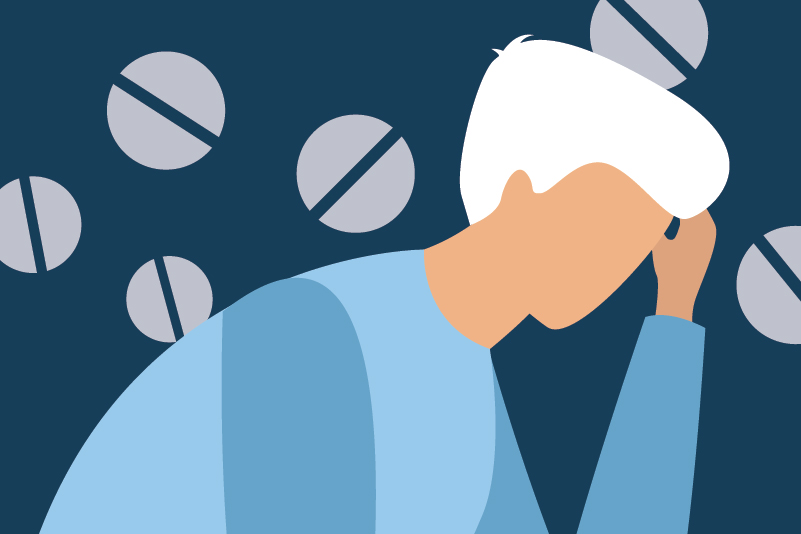#221 Location, Location, Location: Treating patients with opioid use disorder in primary care

Reading Tools for Practice Article can earn you MainPro+ Credits
Join NowAlready a CFPCLearn Member? Log in
- Opioid abstinence (five RCTs; 428 patients; measured by urine toxicology and/or self-report; meta-analyzed by TFP authors):
- 55% versus 34%; Number Needed to Treat (NNT)=5
- Retention in treatment (six RCTs; 493 patients; meta-analyzed by TFP authors):
- 80% versus 63% specialty care; not statistically different
- Patient satisfaction:
- Patients were “very satisfied” more often in primary care (77% versus 38%; one RCT, 46 patients)2, more satisfied with explanations provided by their physicians (numbers not reported; one RCT, 221 patients)1 and reported higher preference for primary care (70% versus 21% specialty care, 9% no preference)
- One RCT found similar patient satisfaction between groups3
- Withdrawal symptoms:
- Statistically reduced from baseline, but no difference between groups3
- Adverse events:
- One RCT (93 patients) found no difference in emergency department visits or hospitalizations (35% versus 36% specialty care)4
- No other adverse events reported
- Included populations varied:
- Patients stabilized for 6-12 months in methadone maintenance programs2,3,6
- Patients not on methadone or switching from buprenorphine1
- Patients recruited from a methadone wait-list or referred5
- Primary care providers varied, including general internists2,4,5, infectious disease-trained physicians4, and an addictions-trained physician3
- Additional supports were used:
- Primary care settings were team-based2-6
- Primary care providers had prior training and/or experience1,4
- Support/training was provided1,2,4,6 and 24-hour pager support2
- Primary care settings were affiliated with or located near a specialty program1,3,5
- Over 50% of surveyed physicians reported inadequate staff, training, time and space as barriers to initiating OAT in their practice7,8






